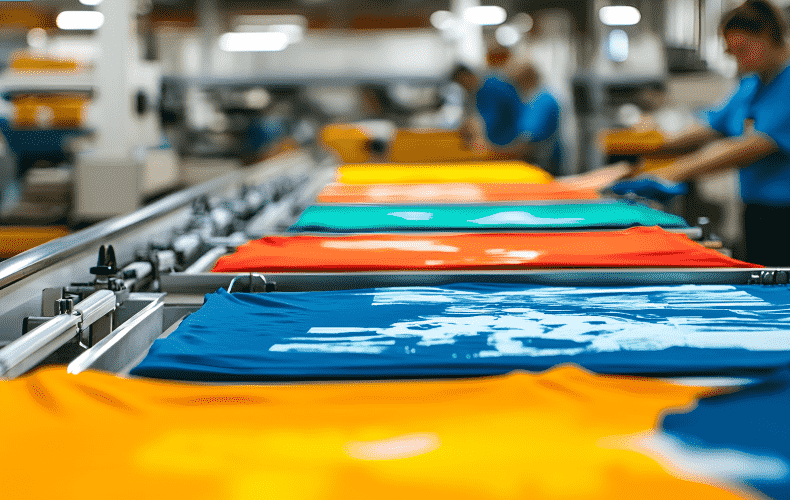
Ethical Innovation in iGaming: Why Social Responsibility is a Growth Driver for Soft2Bet
Section: Arts
Two new studies show that a natural compound found in many Chinese herbal medicines triggers genetic mutations that may cause cancer.
Aristolochic acid, or AA, is derived from Aristolochia plants, which are commonly used in traditional herbal preparations as health supplements or for treatment of various health problems, such as menstrual cramps and rheumatism. In Taiwan, Aristolochia-based herbal preparations are used by many women for weight loss.
These plants have been part of Asian traditional herbal remedies for centuries. However, "it was only in the early 2000's that a definite link between AA-containing remedies and renal failure and urinary tract cancer was established", says oncologist Dr Patrick Tan, from the Cancer Science Institute of Singapore and author in one of the studies.
AA-containing products have been banned in most of Europe and the US, but they are still sold illegally in some Chinese herbal shops and on the internet. A recent study published in March in the Annals of Internal Medicine reported that in China and other Asian countries Aristolochia herbs are still widely available.
In the new studies published this week in the journal Science Translational Medicine, Song Ling Poon and colleagues and Margaret Hoang and colleagues analysed kidney tumour samples from patients with a history of Aristolochia herbal remedy use. They discovered that these tissues had a much higher rate of genetic mutations than tissues removed from lung cancers induced by smoking, or from skin cancers induced by UV radiation. These findings show that aristolochic acid is one of the strongest known carcinogens - compounds that cause cancer-inducing genetic mutations.
"Exactly why AA is extremely potent in causing mutations, compared to other carcinogens remains unclear", says Dr Tan. "This is an area for future research, but it may be related to its ability to directly bind DNA".
After a detailed genetic analysis, the researchers spotted a current theme in the AA-induced genetic mutations in all patients - there was a high proportion of a particular type of anomaly, which they called a 'mutation signature'. According to Dr Tan, "it was actually quite straightforward to identify as it is so utterly unique. Other carcinogens studied to date have not been reported to cause a similar signature".
This signature could potentially be used to detect unsuspected AA exposure. For example, when Dr Tan's team analysed biopsies of patients with liver cancer thought to be caused by a chronic hepatitis infection, they found that these patients had the AA-mutation signature.
The researchers believe it should be possible to perform routine DNA sequencing in patients who have been exposed to aristolochic acid to check for AA mutation signatures - patients testing 'positive' would be at higher risk of developing urinary tract cancer.
In the future, Dr Tan's team plans to determine whether aristolochic acid is responsible for other types of cancer. "Urinary tract tumours may only be 'the tip of the iceberg' regarding cancers caused by AA".

Section: Arts

Section: Arts

Section: News
Section: Arts

Section: Business

Section: Arts

Section: Arts

Section: Business

Section: Business

Section: Arts
Health Insurance in Germany is compulsory and sometimes complicated, not to mention expensive. As an expat, you are required to navigate this landscape within weeks of arriving, so check our FAQ on PKV. For our guide on resources and access to agents who can give you a competitive quote, try our PKV Cost comparison tool.
Germany is famous for its medical expertise and extensive number of hospitals and clinics. See this comprehensive directory of hospitals and clinics across the country, complete with links to their websites, addresses, contact info, and specializations/services.
The couple Eva-Maria and Berthold Schneider has enthusiastically and expertly built an exquisite collection of Greek vases and other works of ancient small art over the years. Personal preferences often played a role in the acquisition of pieces. For instance, a rare oil vessel dating back to around...



No comments yet. Be the first to comment!